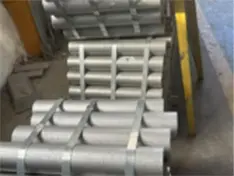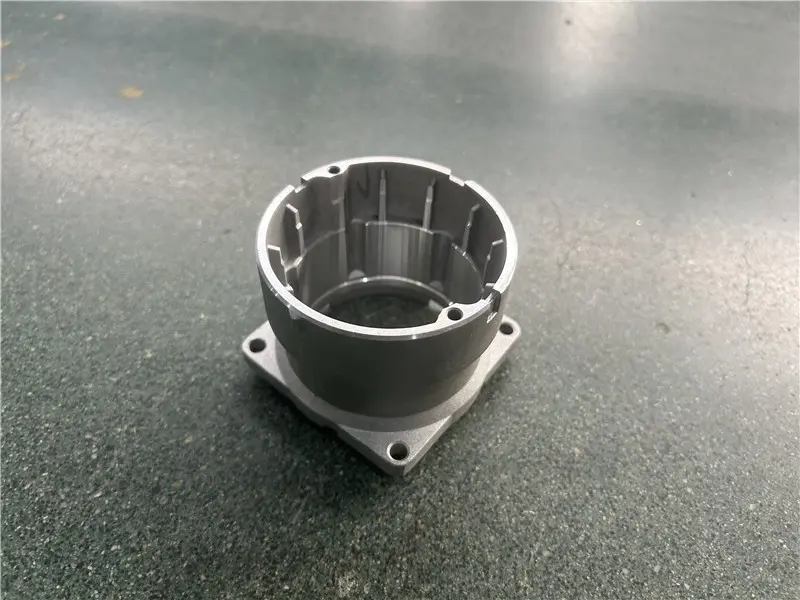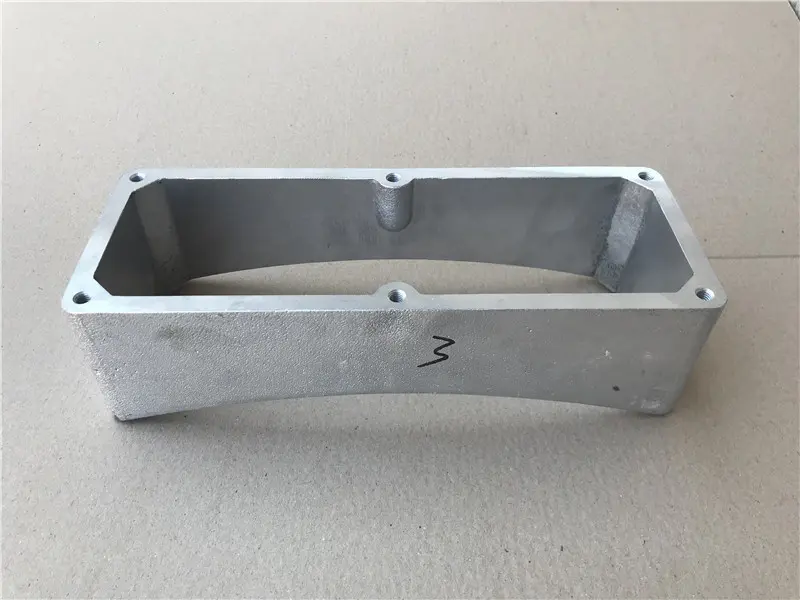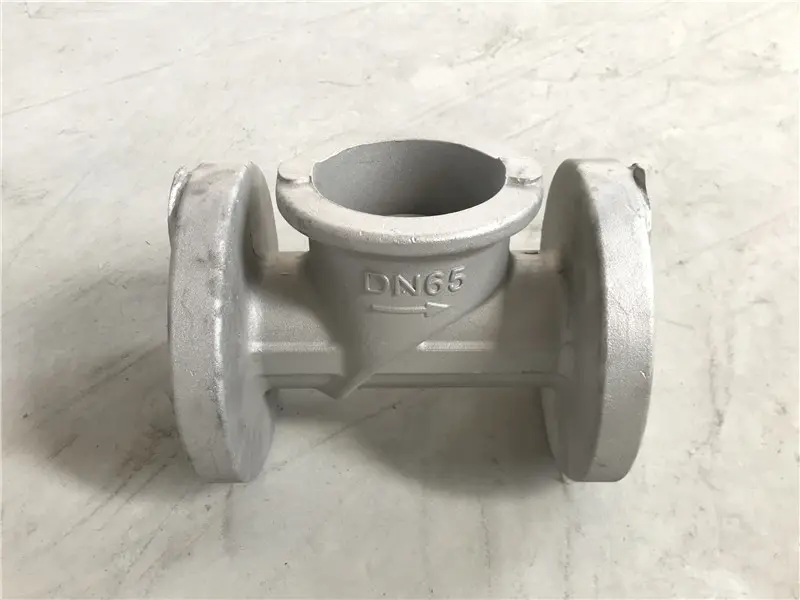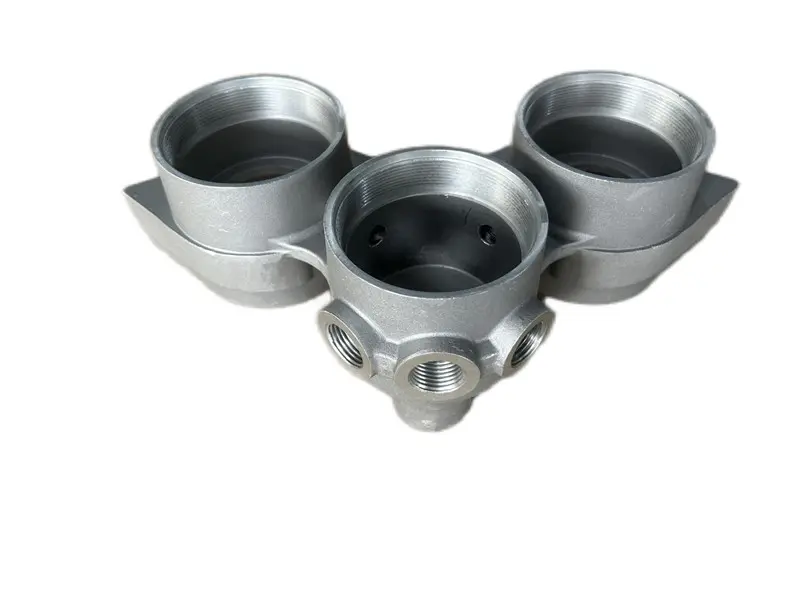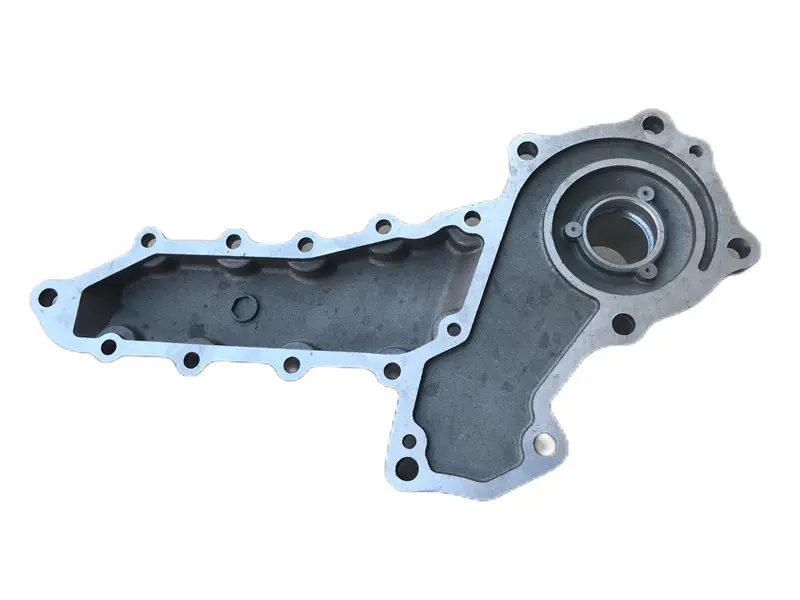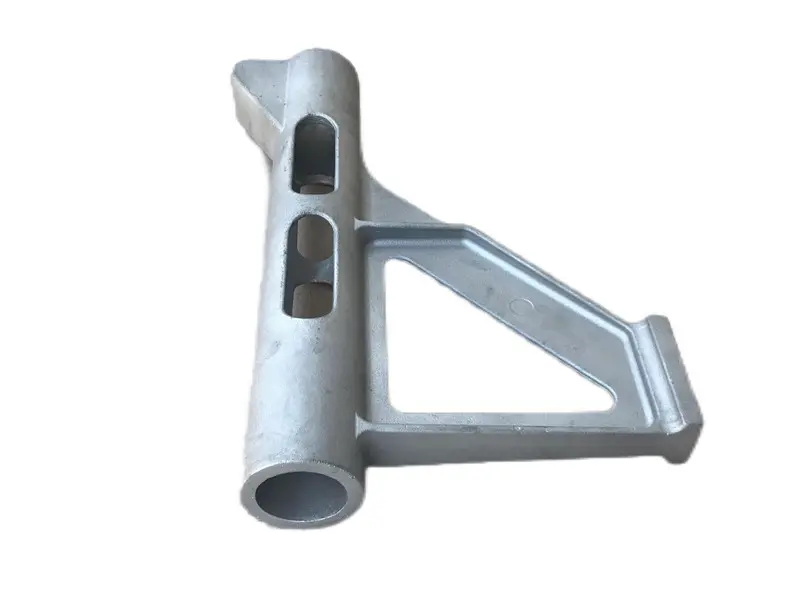Cast Aluminum
Main Products: Motor Housing, Power Accessories, Valve, Flange, Bracket, Gear Cover...
Process: Injection molding, gravity casting
Material: Aluminum-silicon alloy, aluminum-magnesium alloy, aluminum-zinc alloy
Application: Aerospace industry, automobile industry, bicycles, motorcycles, daily necessities, etc.
| Materials | Aluminum die casting and low-pressure die casting GK-AlSi10Mgwa(DIN 239), GK-AISi12(DIN 231), GK-A|Si10CuMn (DIN 226) |
| Injection molding Z400 ZAMAK3, 2n410 ZAMAK5, 2n430 ZAMAK2. Other materials on request. | |
| Weight Per Piece | Aluminum: 0.001 to 50 kg |
| Zinc: 0.001 to 50 kg. | |
| Quantity | Medium and Large Series. |
| Processing Equipment | All modern machining methods, CNC and traditional machining. |
| Surface Treatment | Powder coating, lacquering. |
| Control Equipment | Chemical analysis by spectrometer, mechanical properties for tensile strength, yield strength, notch impact testing, X-ray, pressure testing up to 200 bar, 3-D CNC coordinate measuring machine, metallography, magnetic powder flaw detection. |
| Quality System | ISO 9001:2008, PED, TS16949. |
Characteristics and applications of cast aluminum
The density of cast aluminum alloy is lower than that of cast iron and steel, while the specific strength is higher. Therefore, the use of aluminum alloy castings under the same loading conditions can reduce the weight of the structure. Therefore, aluminum alloy castings are widely used in the aircraft industry, power and transport engineering.
Aluminum alloy has good surface gloss and corrosion resistance in the atmosphere and fresh water, which makes it widely used in the manufacture of civilian ships. Pure aluminum has good corrosion resistance in oxidizing acidic environments such as nitric acid and acetic acid, so aluminum castings also find applications in the chemical industry. Pure aluminum and aluminum alloys have good thermal conductivity and are suitable for making heat exchangers used in chemical manufacturing, as well as power machine parts requiring good thermal conductivity, such as cylinder heads and pistons of internal combustion engines.
The aluminum alloy has good casting properties. Due to its low melting point (pure aluminum has a melting point of 660.230C, and the solidification point of aluminum alloys is usually around 730-750oC), casting methods such as metal mold casting and die casting can be widely used to improve internal quality, dimensional accuracy, surface smoothness and casting production efficiency. Due to the high latent heat of solidification of aluminum alloys, under the same weight conditions, the solidification process time of aluminum liquid is much longer than that of cast steel and cast iron with good flowability, which is favorable for casting thin-walled and structurally complex castings.
Aluminum alloys are divided into two categories according to different processing methods, namely die-cast aluminum alloys and cast aluminum alloys (represented by YL and ZL, respectively). In cast aluminum alloys, they are divided into four series based on the main alloying elements, namely, cast aluminum-silicon alloy, cast aluminum-copper alloy, cast aluminum-magnesium alloy and cast lead-zinc alloy (represented by ZL1X X, ZL2X X X, ZL3X X X and ZL4X X X, respectively). In each series, they are subdivided into several grades according to their chemical composition and properties.





